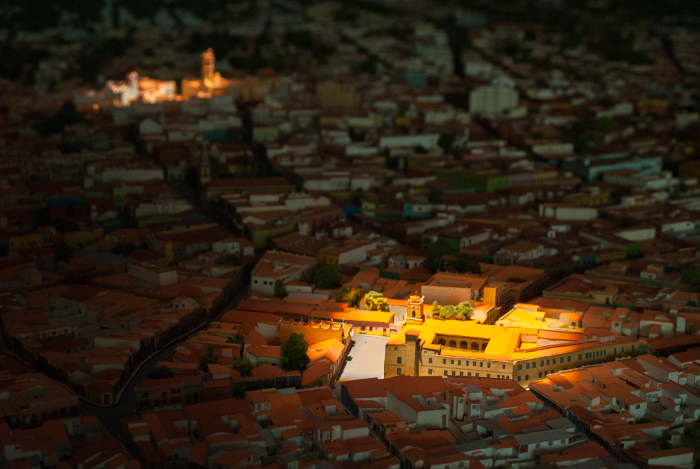
Camagüey, May 17. - The second edition of the National Workshop on the History of Colonial Cuba began in this city with the participation of 28 presentations by specialists from ten provinces across the country, who debated and presented their scientific results in commissions based at the Cándido González Morales Party School.
"This type of space not only confirms Camagüey as a place for promoting and preserving the glorious pages of our homeland, but also confirms the need to know our past in order to understand the present and strengthen decolonizing thinking, which is essential in these times," said Fernando Manzo Alonzo, president of the Union of Cuban Historians in the territory, during the opening ceremony.
The program continued with the keynote address, “Corruption and Slave Trade in the East of the Island: Puerto Principe (XIX Century),” by Dr. C. and researcher at the National Archives of Cuba, Gerardo Cabrera Prieto, who elaborated on the implications of landowners and authorities in these activities, which further exacerbate existing social inequalities.
The work of the three commissions generated exchanges around topics such as agricultural production in XIX-century Puerto Principe, the panorama of Cuban culture, rebellions and resistance to slavery, the essence left behind in Cuba by African, European, and Chinese immigrants, sugar production and the events that led to the rise of this economic activity, and women's participation in the independence processes.
Among the notable presentations was "The presence of Archbishop Joaquín de Osés y Alzúa in the Puerto Príncipe region (1792-1823)," by the historian from Camagüey María Véliz Torres. "This is a personality closely linked to humanism and the Enlightenment, who received his consecration as bishop in the city of Puerto Príncipe. During a visit to the Eastern region, he observed the backwardness compared to the Western region and supported agriculture and industry in the east," the expert explained.
Another interesting work was The origin of sugar mills and other events until the XIX Century in Matanzas, by Matanzas teacher Eva Paulina Sotolongo Hernández, which explored how the sugar industry in her province was an element of economic progress and played an important role in the national liberation struggles.
Regarding the influence of Chinese migration in Cuba during the 19th century and the teaching of this event in the primary education process, was the intervention of the educator from Matanzas, Iraida Victoria Domínguez Acanda, who emphasized that “it is essential for the new generations to know the contributions of the Asian giant to our country in shaping our idiosyncrasy.”
The Workshop, sponsored by UNHIC, will continue the following day with commission work. In the afternoon, during the closing ceremony, a declaration will be proposed to teach colonial history from a non-Eurocentric perspective. During the event, tours of sites in Camagüey's Historic Center will be offered so that participants can appreciate the tangible and intangible value of the city, the birthplace of significant historical events. (Yang Fernández Madruga/Adelante Digital) (Photo: Leandro Pérez Pérez/Adelante Digital/Archive)